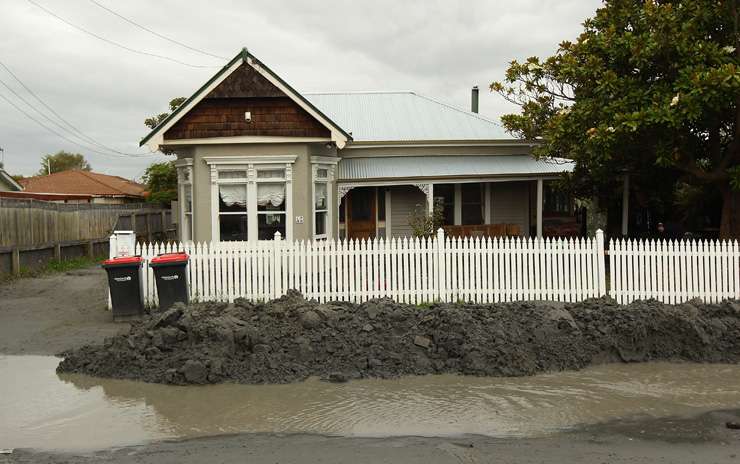More than 5000 Nelson homes have been listed as being at risk of liquefaction damage.
Nelson City Council has noted the risk on the LIMs of 5010 properties in the region, including 156 council-owned homes. The move has prompted fears that property prices could fall as a result of the amendments to the LIMs.
Nelson started to add liquefaction as a risk following the Canterbury earthquakes, and had previously identified just over 1000 Nelson homes as being at risk.
Home-owners had tried to stop the risk being noted on their property records, but lost their fight against the council. One respondent said during the public consultation: “In spite of a number of significant earthquakes in the Nelson region no liquefaction has been recorded.” Another said there was “no justification for this to be noted on our property records”.
Start your property search
Liquefaction happens when an earthquake increases water pressure in the ground, resulting in temporary loss of soil strength. During the Christchurch earthquake in 2011, liquefied soil bubbled up over large swathes of the city.
In the past decade, liquefaction has been identified as risk in more New Zealand regions, including Nelson and Western Bay of Plenty.
Some areas of Nelson such as Tāhunanui were declared liquefaction prone for the first time in June 2022. Homeowners fear that the classification will have an impact on the value of their property, and will prevent them from extend their homes or building on their land.

A Christchurch home sinks into the ground as a result of liquefaction from the 2011 earthquake. Photo / Getty Images
Research here and overseas suggests that buyers may ignore the risk.
In 2014, Levente Timar, Arthur Grimes and Richard Fabling wrote a research paper in which they found that the risk of liquefaction resulted in a discount in house prices following the Canterbury earthquakes, but that effect dissipated after two years.
Timar told OneRoof that findings would be applicable to the situation in Nelson. “Our findings suggested that following the Canterbury earthquakes, liquefaction potential had only a temporary negative effect on property values in high-risk areas (Lower Hutt) and no effect in low-risk areas (Dunedin).
“In our results, the negative effect disappeared even in the high-risk area after two to three years. We speculated that this could reflect salience: that buyers’ risk perceptions are formed based on more recent information.
“If our results and interpretation were correct and if they still hold in a different time, geographic area and policy environment, one would expect to see a limited effect on Nelson property values from showing liquefaction risk on LIMs. But that is more than the number of ifs I feel comfortable with, so please do not take it as a prediction.”
David Dyason, an economist and senior lecturer in property studies at Lincoln University, said the notification would initially have an impact on the market.
“Once you give the market information that there is some liquefaction risk, there will be an immediate impact to the pricing of houses in that specific area. Then it depends on the severity of that risk. Like all good things we tend to forget over time. If it doesn’t repeat, you tend to find the premium that the consumer [places on the risk] just disappears in the marketplace. It’s similar with flooding.”
That is especially the case when markets are hot, Dyason said. “If the market is hot. [buyers] don’t necessarily place a premium on that risk any longer.”
James Wilson, head of valuations at Valocity, OneRoof’s data partner, said buyers should do their due diligence on properties they are thinking or purchasing. “Take the time to look at the LIM report. Look at the available maps and overlays from the council around natural hazards that might impact a location or a property.”
K Real Estate agent Nicola Drummond, whose patch covers Nelson and Motueka, said that coastal properties in the region were still selling. “What we find is if something is a concern to buyers, they just don't even look.”
Buyers of brand new homes in liquefaction prone areas of the country have less to worry about than those who own homes built prior. Updates to the Building Code, which came into effect on November 29, 2021, are designed to ensure that new buildings in liquefaction zones can withstand the effects. The new code brings rules in place in Canterbury to the rest of New Zealand. More robust foundations are required for liquefaction-prone ground.

















































































